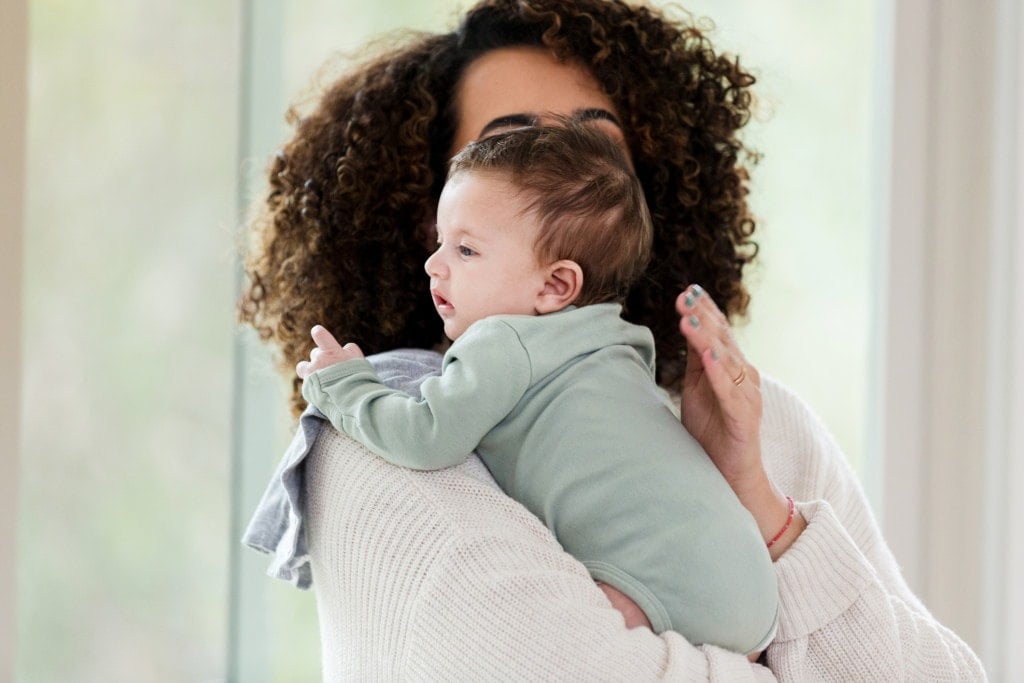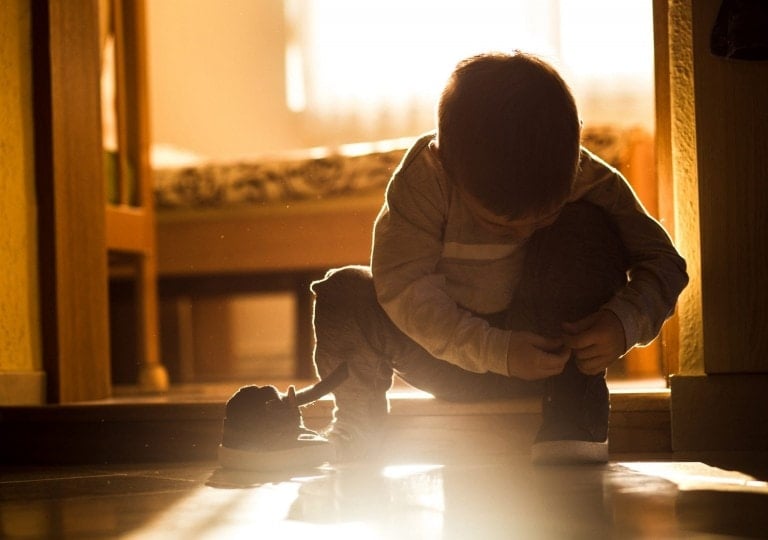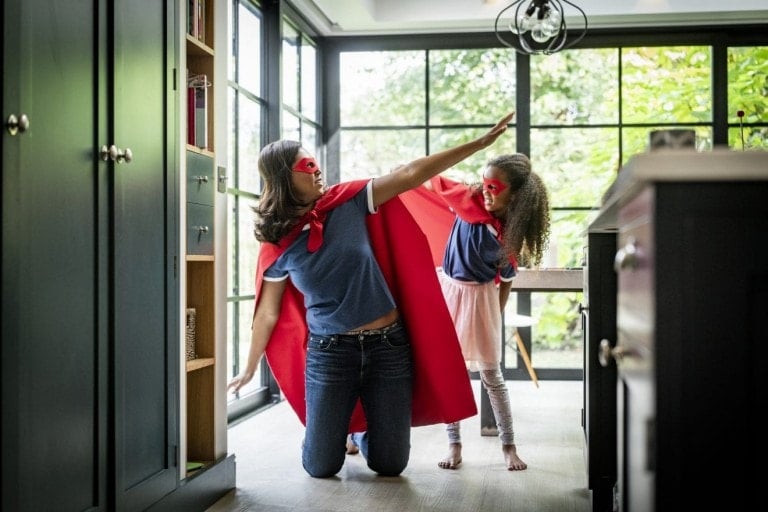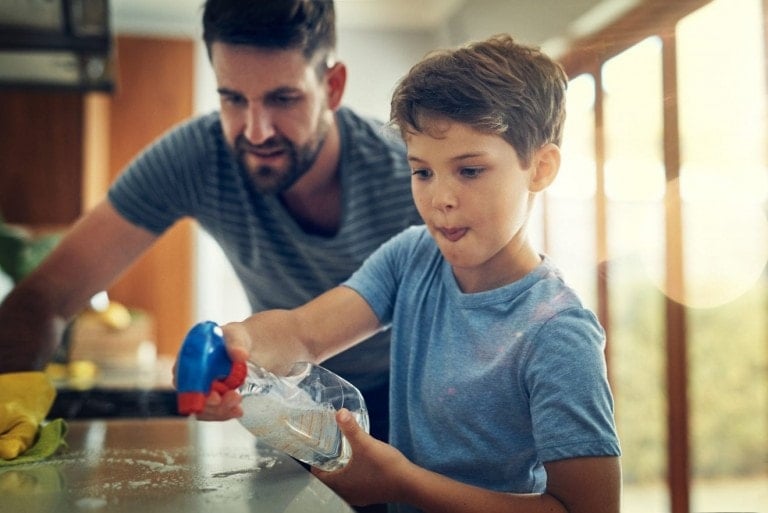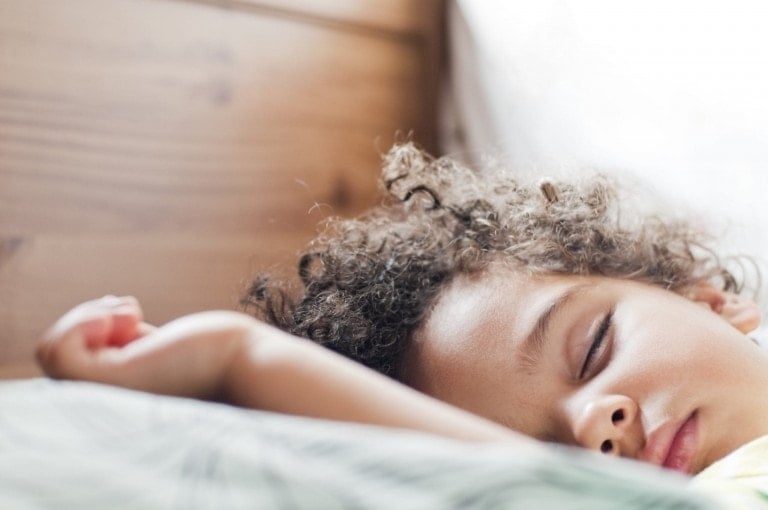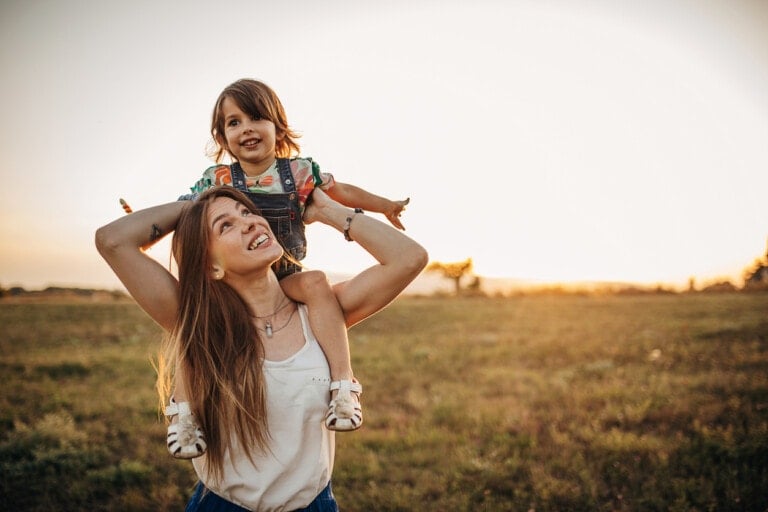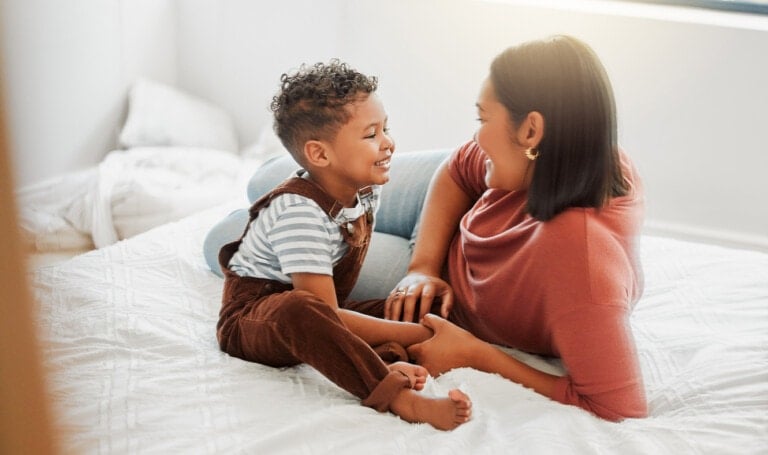There’s no “right” way to burp a baby—sometimes a different method works depending on your child’s anatomy, how they’re fed milk, or what time of day it is. Every child is different. Some babies hardly burp at all, and for others, it’s a frequent event after feeding. Breastfed babies generally don’t need to be burped as often as bottle-fed newborns. As a parent or caregiver, it is a trial-and-error process that results in finding a method that reflects your style and compliments your baby’s anatomy and personality. My daughters each liked to be burped in different ways. If you want to know how to burp a baby, the tips and techniques below have been passed down for generations and work for many babies.
How to Successfully Burp a Baby
1. Use a Soothing Voice
Speak to your child in a soothing voice. Notice if they are responsive in their eye contact or small movements of their hands or legs. Being in a “bonded state” before attempting to burp your baby is very important. Use a calm and encouraging tone of voice.
2. Put Them in an Upright Position
A first attempt to burp your baby is usually best done upright, with their head gently resting on your chest or shoulder. You can sit in a chair or rocker or stand up while holding them.
3. Rub or Pat Their Back
Gently rub or pat their back. Placing gentle pressure on their mid to upper back area is generally best for releasing trapped gas and getting them to burp. Whether you choose an upright or lying down position, this works well!
4. Be Patient
Often, a baby won’t burp right away when you try to rub or pat them. Know in advance that the process may take a little time. Wait a few minutes, then try again. Staying Patient also lets the baby know you are calm and in control, not rushing or anxious.
5. Walk Around
Walking around while patting your baby’s back can sometimes add extra motion to alleviate the gas pressure. Putting small bounces in your step or lightly swaying your body side-to-side as you pat their back may get the burp out better than sitting.
6. Over the Arm Burp
Gently sling baby over one arm in a secure position, tummy down. Then, pat their back or rub circles with your free hand while rocking, sitting, or walking with them around the room.
7. Lying Down in the Lap Burp
Place a cloth on your lap, lay your baby face down perpendicular to your thighs, and gently support their jaw and head at a comfortable height, maybe a few inches off your lap. Rub or pat baby gently until they belch. If nothing comes out or they fall asleep, the burp probably isn’t necessary.
8. Massage
Sit your baby on your lap and support their chest, neck, and head with one hand. Use the other hand to massage their back gently. You can move your fingertips around in small, soft, circular motions or gently run your thumb and forefinger up and down the muscle area alongside their spine.
9. Tapping
Tapping worked great for my youngest. After feeding, I’d sit her up in my lap, supporting her chest, neck, and head with one hand while tap-tapping my pointer and middle finger gently across her back and shoulders. Sometimes, I would bring her to my shoulder and switch to a gentle hand pat before returning to the tapping. Sometimes, she’d burp after only one or two taps.
10. Knees to Chest
Place your baby on a soft blanket on the floor. Speak to them soothingly and gently take hold of their lower legs and feet. Draw their knees up to their chest. Hold for 1-2 seconds before releasing their legs back down to the blanket. Repeat 3x or combine with a back massage or upright back-patting.
11. Bicycle Burping
Place your baby on a soft blanket on the floor. Taking hold of their lower legs, gently begin to “bicycle” their legs, alternating one knee up to their chest, releasing it back to the blanket, and drawing the other leg up to their chest. You can also use this time to make silly or fun faces, engage with your baby, and tell them they are safe and loved.
12. Use an Exercise Ball
Sit on a large exercise ball and hold your baby close to your chest upright. With one hand supporting their rear and the other holding their neck and head steady, gently bounce up and down. This will have relaxing benefits for you, too!













